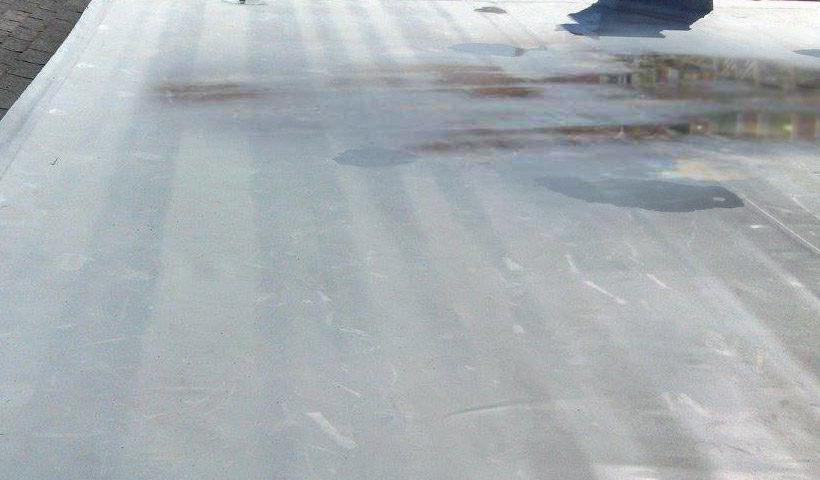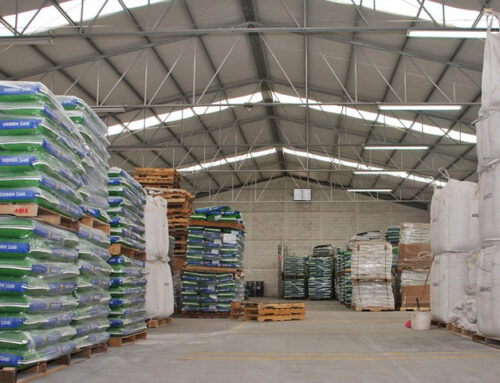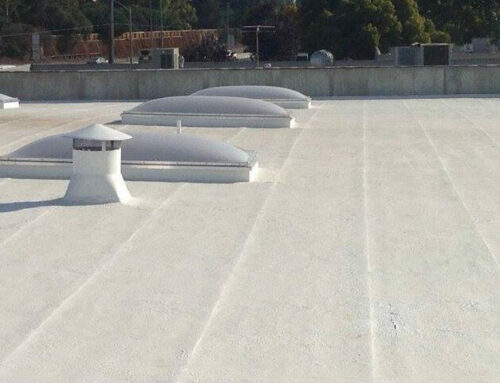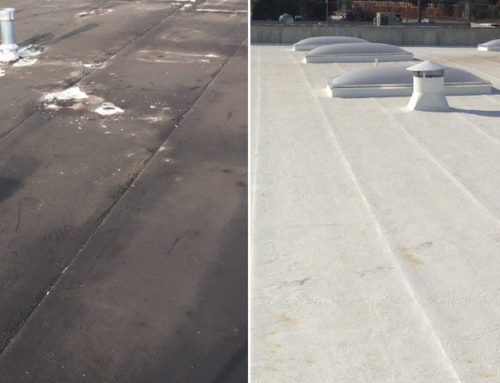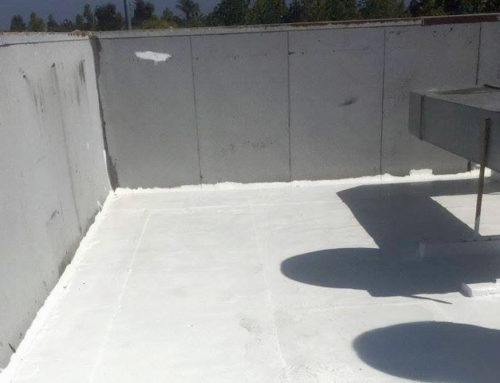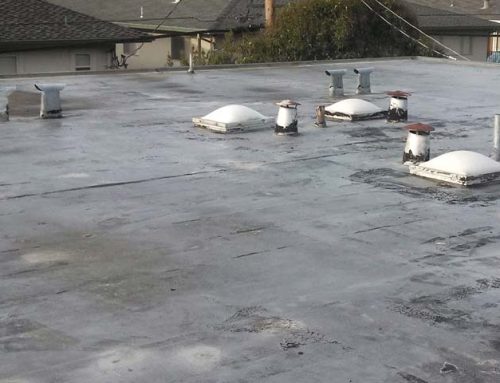Do you see little (or large) puddles on your business’ roof? While these little “ponds” might seem harmless, they can actually cause more significant problems over time. Here’s how you know if the water on your roof counts as ponding and what it might cause if you don’t get it corrected.
What Is Ponding?
Ponding is defined as any water that remains on a roof between 24-48 hours after a rainfall. It may take hours for the rain to drain off your roof, but any longer than that and the roof officially has ponding problems. At first, this is likely to look like small pools of water. However, ponding tends to get worse over time.
Ponding may be caused by a few issues, including improper roof installation, insufficient drainage, clogged drains, or compressed insulation. Ponding is actually an extremely common issue, but that doesn’t mean it’s not dangerous.
Whatever the problem, it is wise to get it addressed quickly, or the ponding will begin to negatively impact your roof.
Insulation Compression
Ponding problems usually get worse due to compressed insulation. The weight of the water pressed down in the insulation in the flat roof. This makes a section of the roof sink. This sunken spot collects more water and compresses the insulation further. Not only will this make the ponding worse, but it will also reduce the effectiveness of your insulation. These spots on the roof will start negatively impacting the energy efficiency of the whole building.
Water Weight
Insulation compression is not the only possible effect of the weight of ponding water. Your building is only designed to hold a certain load, and major water build-up from ponding can exceed it. This can put stress on the structural components of the building.
While complete collapse is rare, and major ponding will likely be spotted beforehand, the weight of excess water can put structural components under such stress that they need to be replaced. This can be troubling from a financial and a liability perspective, and replacing structural components will likely disrupt business.
It’s important to address ponding before water weight can begin to cause these structural problems, or repair may be very expensive. Ensuring proper roof drainage can make all the difference.
Pests
There are many thirsty creatures who are looking for a safe spot to take a drink right now. You don’t want them to come to think of your roof as their personal watering hole. But mammals, birds and even insects will be drawn to constant sources of water. Once established, they may be troublesome to remove.
Erosion
Roofing materials are meant to drain water quickly. They were not designed for constant contact with water. When they have to deal with ponding, roofing materials can erode. They can also disintegrate under the water’s magnification of the sun’s ultraviolet rays.
Leaks
Of course, where there is standing water, there are likely to be leaks. With constant water contact, moisture will find its way into any vulnerabilities that your roof already had, even if it has not yet had the time to create new problems itself.
If you have noticed ponding, it is wise to refer to us for a commercial roof repair in Saratoga and beyond.


